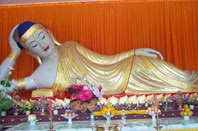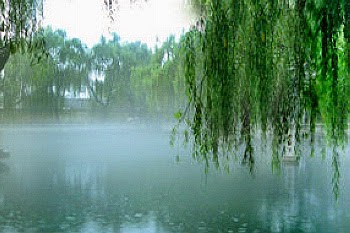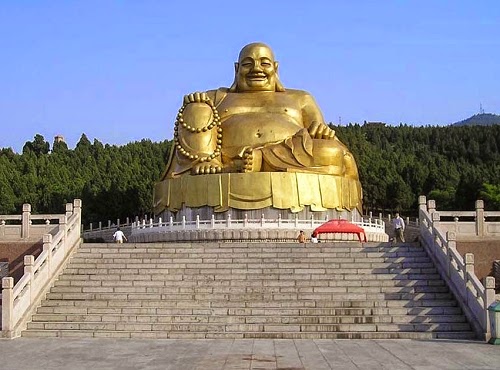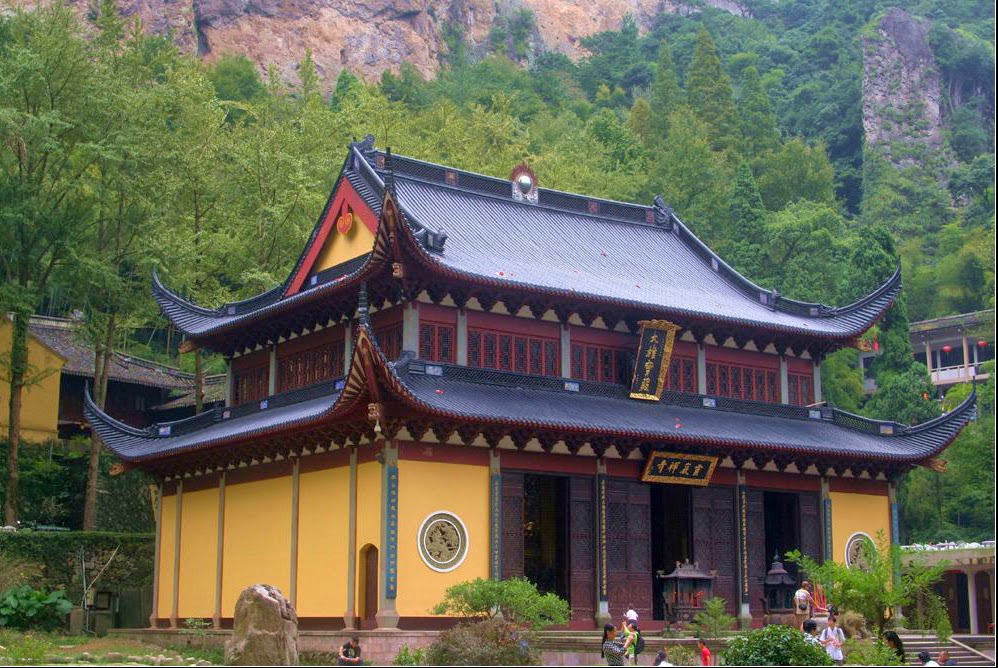According to the official website, the festival integrates tourism,
culture, sports, business and trading activities. The slogan of the festival is
“Qingdao – Ganbei with the World!”. The first Beer Festival took place back in
1991. It is now held once a year on the second weekend of August, and lasts for
16 days. Qingdao is the largest beer production
base in China
With a 16-year
history, the Qingdao International Beer Festival is now a nationally recognized
event, and successfully combines together aspects of tourism, culture and
sport, while also playing a valuable role in promoting the economic interests
of the city. As one of the most important festivals of China China
In recent years the Qingdao International Beer Festival has become a major
event in the calendar of this beautiful city. Past festivals have featured
artistic parades, "Beer Carnival" games, beer tasting, drinking
contests, music, food, and interactive performances, as well as merchandise
stalls for various breweries.
For more information, please visit http://top-chinatour.com















































